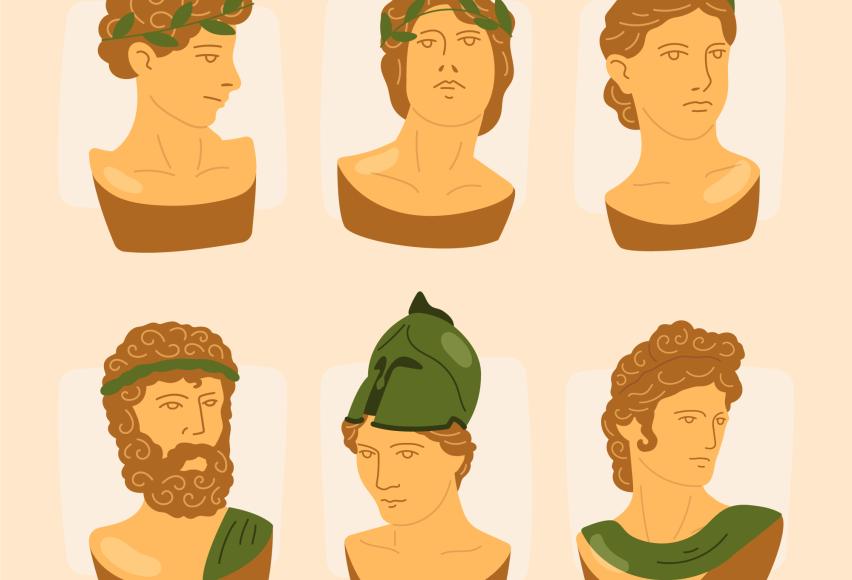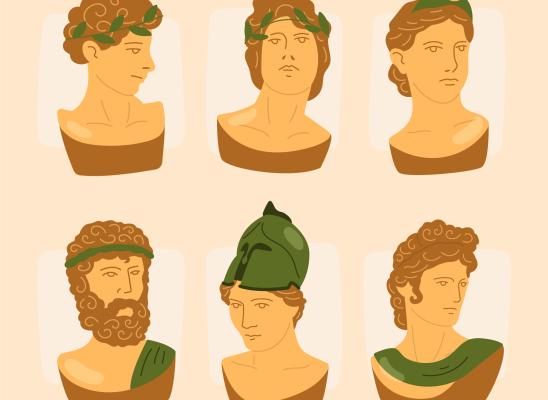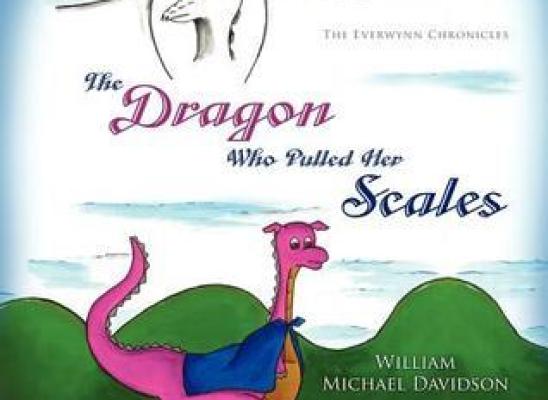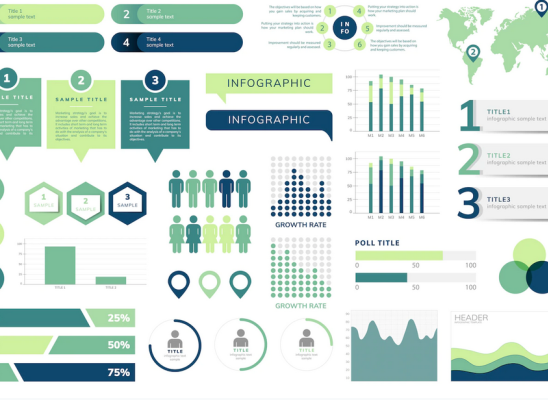From Ancient Times to Now: Brief History of Hair Pulling

Online test
Find out the severity of your symptoms with this free online test
Trichotillomania, commonly referred to as hair pulling, is an Obsessive Compulsive Related Disorder (OCRD) characterized by repetitive hair pulling that results in significant hair loss and impaired functioning. Today, repetitive hair pulling, and other body-focused repetitive disorders (BFRBs), are classified as mental health disorders but that wasn’t always the case.
Societal norms greatly influence what is considered acceptable behavior, what behavior is expected, and even what is considered appealing or desirable. Take a walk through history and you’ll see how cultural and societal norms and expectations are defined and can change over time. Views on mental health issues are no different. It might surprise you to know that not every “disorder” has always been seen as problematic. In fact, in the Shamanic view, mental illness as a gift or heralds the “birth of a healer”.
Hair pulling is no exception. It’s a phenomenon that is not new and is well documented in history. It’s been viewed as everything from a normal part of cultural rituals to a modern-day mental health issue. In fact, hair pulling has a history much longer and more complicated than you might think. Some of it might surprise you.
Pulling Wasn’t Always a Problem
You may have heard phrases like “keep your hair on” or “don’t pull your hair out” when referring to a stressful event. It’s an old expression related to pulling one’s hair out in frustration that people still use today in response to stress or frustration.
The term “trichotillomania” is derived from the Greek words for “hair,” “to pull,” and “madness.” Historically, though, hair pulling was not always considered “madness” or even problematic. In fact, in some cultures, pulling one’s hair out was encouraged and valued:
- In ancient Greece, pulling out scalp hair was part of their funeral rites. Greeks would pull out their hair and lay it upon a funeral pyre.
- Hair pulling was part of Egyptian funeral rituals too. Women would sometimes pull their hair forward to cover their faces. Mourners would cut or pull out their hair as an offering to the deceased.
- In India, the Jains believed that pulling out hair strengthened austerity and taught them to endure pain.
- You’ll find references to hair pulling in the Bible (Ezra 9:3, Nehemiah 13:25)
- Hair pulling is mentioned in classical works including Epictetus’ The Discourses, Homer’s The Iliad, and several of Shakespeare’s plays, including Much Ado About Nothing and Romeo and Juliet.
Interestingly, though hair pulling in the context of Greek funeral rituals was acceptable, it was recognized as problematic in other contexts. Aristotle first documented hair pulling, along with nail biting, as problematic behavior. He believed that the mind and body were uniquely connected and inseparable. Hippocrates later recognized the effects of stress on the body and documented many cases of hair pulling, most notably with the case of Thasos, the wife of Delearces. In response to her intense grief, she was described as having bouts of fever when she would scratch and pluck her hairs. Still, hair pulling was viewed as an organic problem resulting from dealing with one’s frustrations or disappointments.
The View Changes
As the world entered the Middle Ages, well before the understanding of modern medicine, mental health in general would come be viewed through a darker lens. Mental illness was thought by many to be caused by supernatural forces or malignant spirits and not surprisingly, blamed on witchcraft and possession, so feared at that time. Others viewed it as related to imbalance in the body’s humors, hence some of the now-barbaric treatment practices of the day. Isolation became the preferred treatment and asylums rose in prominence. Still, there were some who viewed people with mental health issues as having a divine gift and would take them under their care.
It is unclear exactly how hair pulling was viewed but it known that OCD, a related disorder, is alluded to in the Maleus Maleficarum (The Hammer of Witches). This book was one of several written during the Middle Ages to help doctors and priests to recognize and deal with a witch or possessed person.
Thankfully, modern medicine and psychology were around the corner.
Modern Medicine Emerges
In the 1900s, the medical model began to emerge. Ideas about the source of problematic behaviors began to shift from being the result of malevolent forces to being the reflection of an illness. In short, it becomes recognized as an illness to be treated based on the best available science and with compassion.
In 1857, English dermatologist William James Erasmus Wilson described what he called “skin neurosis”. He suggested that certain skin conditions could be related to underlying emotional factors such as anxiety, depression or fear as opposed to having a physical cause.
In 1889, trichotillomania was officially given its name. French dermatologist François Henri Hallopeau coined the term to describe what he saw in a young patient who was pulling his hair. Still, it would be almost another 100 years before the American Psychiatric Association (APA) would officially recognize trichotillomania as a psychiatric disorder.
During this time, the field of psychology was emerging as well. Psychologists were learning about cognition and behaviors. In the early 1970s, behavioral interventions such as Habit Reversal Training (HRT) were introduced to help treat behaviors such as hair pulling.
Trichotillomania was included for the first time in the APAs Diagnostic and Statistical Manual (DSM-III TR) in 1987. For the first time, clinicians had clear criteria for making the diagnosis and guiding treatment. Subsequent editions of the DSM have refined those criteria.
In the most recent edition, the DSM 5, trichotillomania is classified as a distinct OCRD with its own set of criteria. The DSM 5 criteria differentiate hair pulling as a disorder from other non-clinical hair pulling behaviors such as hair removal for cosmetic purposes. The DSM 5 also recognizes the diversity of presentation, highlighting the importance of an assessment.
Today, people living with trichotillomania have a number of treatment options available from traditional HRT to newer combined or enhanced therapies. Research continues to increase understanding and find the most effective treatment interventions and ultimately, a cure.
If you suspect that you or someone you care about has trichotillomania, the first step is to consult with your healthcare provider. A diagnosis will help you find the help and support that is right for you.
References
1. America, M. I. (2021, August 18). The shamanic view of 'Mental illness': Birth of a healer. Mad In America. https://www.madinamerica.com/2019/06/shamanic-view-mental-illness-2/
2. Waas, R. L., & Yesudian, P. D. (2018). Plucking, Picking, and Pulling: The Hair-Raising History of Trichotillomania. International journal of trichology, 10(6), 289–290. https://www.ncbi.nlm.nih.gov/pmc/articles/PMC6369640/
3. Martine, R. V. (2014, February 7). Shaking, pulling, cutting and offering the hair in ancient Egypt funerals. HAIR AND DEATH IN ANCIENT EGYPT. https://hairanddeathinancientegypt.com/2013/11/25/shaking-pulling-cutting-and-offering-the-hair-in-ancient-egypt-funerals/
4. Trüeb R. M. (2017). From Hair in India to Hair India. International journal of trichology, 9(1), 1–6. https://www.ncbi.nlm.nih.gov/pmc/articles/PMC5514789/
5. Gupta, S., Loniker, V., Mazzon, S., & De, A. (2021). H12: ‘Keep your hair on!’ a historical narration of trichotillomania. British Journal of Dermatology, 185(S1), 166-166. https://academic.oup.com/bjd/article-abstract/185/S1/166/6599300?redirectedFrom=fulltext
6. França, K., Chacon, A., Ledon, J., Savas, J., & Nouri, K. (2013). Pyschodermatology: a trip through history. Anais brasileiros de dermatologia, 88(5), 842–843.
https://www.ncbi.nlm.nih.gov/pmc/articles/PMC3798372/
7. Mental illness during the Middle Ages. (n.d.). Encyclopedia.com | Free Online Encyclopedia. https://www.encyclopedia.com/science/encyclopedias-almanacs-transcripts-and-maps/mental-illness-during-middle-ages
8. Fornaro, M., Gabrielli, F., Albano, C., Fornaro, S., Rizzato, S., Mattei, C., Solano, P., Vinciguerra, V., & Fornaro, P. (2009). Obsessive-compulsive disorder and related disorders: a comprehensive survey. Annals of general psychiatry, 8, 13. https://www.ncbi.nlm.nih.gov/pmc/articles/PMC2686696/#B11
Online test
Find out the severity of your symptoms with this free online test
Start your journey with TrichStop
Take control of your life and find freedom from hair pulling through professional therapy and evidence-based behavioral techniques.
Start Now



